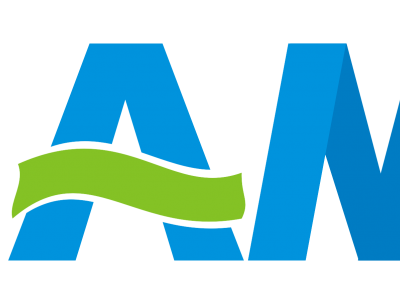-
 Chen Si
Hi there! Welcome to my shop. Let me know if you have any questions.
Chen Si
Hi there! Welcome to my shop. Let me know if you have any questions.
Your message has exceeded the limit.

Understanding what is conductivity used for in everyday technologies and innovations
2025-10-24 17:40:51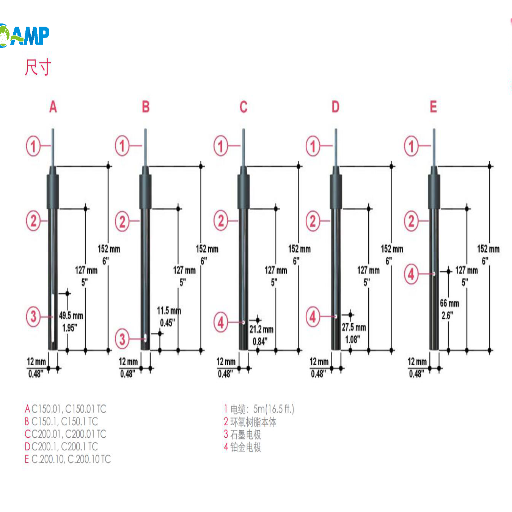
Undeniably, countless unseen processes facilitate the existence of the modern world. One of the most basic of them all is conductivity. While the term and principle of conductivity have given rise to legendary school experiments done probably over and over again using just wires and lightbulbs, they form the foundation of innumerable technologies we depend on in our daily lives. Measuring what are essentially conductivities interface with industries that require the necessity of innumerable processes, from the purification of potable water to maximizing agricultural productivity. This will be a guide regarding what conductivity is, why it is of paramount importance to conduct measurements, and about the varied fields of its application: in environmental science, water industry, and finally, in the new technologies that are shaping the future. By the end of our ride, you will have a thorough grasp of how this evidently trivial phenomenon has a gigantic impact on another, seemingly distant, world.
Introduction to Conductivity
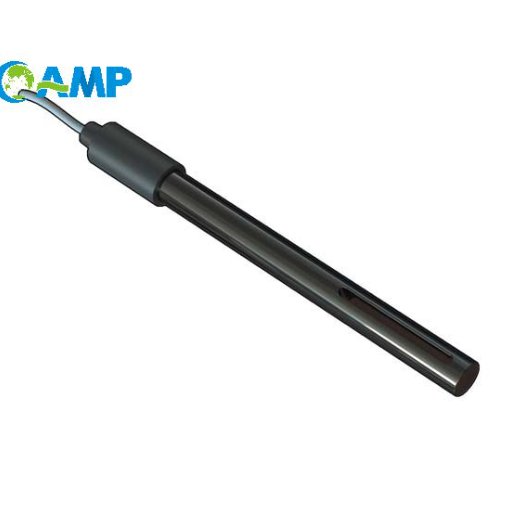
What is Conductivity?
Conductivity, or more precisely electrical conductivity, is the rule concerning the capacity of the materials to conduct the electric current. When we talk about conductivity in water," we mean ions that is to say that charged particles capable of moving while carrying the charge. These ions arise from dissolved salts, minerals, and other chemicals.
A material having higher conductivity allows better flow of electricity through it while a material of less conductivity opposes the well-flowing electricity. Pure water makes a bad conductor of electricity. Alkali salts like sodium chloride dissolved therein, dissociate into positive (Na+) and negative (Cl-) ions. A solution of free-moving ions transports electricity through water. Conductivity increases as more ions are present in the solution.
Why Conductivity Measurement Matters
Conductivity measurement is a rapid, inexpensive, and accurate way to find out the amount of ionized substances in a solution. It is an extremely useful parameter for numerous applications. It is used for monitoring processes and ensuring product quality in industries, whereas environmental scientists use it in assessing water pollution and aquatic ecosystem health.
Since the measurement is non-specific-that is, it measures the total concentration of ions and makes no sense of Hallergen-reactident distinctions-it can give a quick picture of the overall state of the system. A sudden change in conductivity should trigger cause for concern to be investigated. For example, would mean a chemical spill into the river or a failure in the water purification system. The conductivity, therefore, serves as a first-line diagnosis.
Conductivity and Water Quality
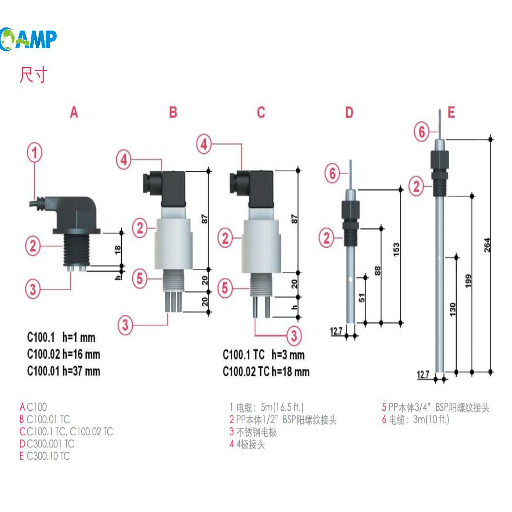
Effects of Conductivity on Water Quality
Water conductivity directly shows water purity. Contaminants that fall under dissolved salts, dilutions from industries, or even sewage measure up to higher conductivity values. A constant conductivity reading through times in rivers and lakes signals a balanced ecosystem. New rises in conductivity could herald pollution from which aquatic life may suffer. For drinking water, less conductivity indicates fewer dissolved minerals and potential pollutants.
The Effect of Total Dissolved Solids (TDS) on Water Conductivity
Conductivity has a direct relationship to total dissolved solids (TDS), which characterize the inorganic and organic substances dissolved in water. These substances include minerals, salts, and other chemical compounds with the ability to separate into ions in the water. The ions in water allow the conduction of electricity, so the greater the TDS, the greater the conductivity.
Conductivity readings are alternatively usually taken to find the level of TDS. An easy conversion factor will yield an approximate TDS value from a conductivity reading. This saves a lot of time and effort compared to the traditional TDS measurement, which involves weighing residue after evaporating a water sample. For this reason, conductivity meters find wide applications in water quality testing.
Conductivity Measurement: Methods and Equipment
Typically, one uses a conductivity meter to measure water conductivity. For this, we have a probe with two or more electrodes. It is inserted into water, and a slight voltage is applied across the electrodes inside.
Depending on the flows of current that pass through, the meter determines the conductivity of the sample provided. Results are often expressed in standard units of Siemens per meter (S/m) or more generally scaled for waters at microsiemens per centimeter (µS/cm) or millisiemens per centimeter (mS/cm). Conductivity meters of the modern era are directly robust and portable, digital units that provide instantaneous and accurate results for field or on-site testing.
Salinity Levels and Their Impact
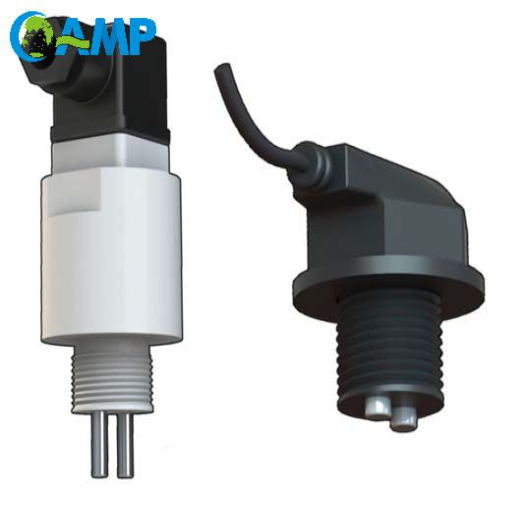
Understanding Salinity and Its Measurement
Salinity is that property of water comprising all dissolved salts. It is an important parameter for oceanography, marine biology, and coastal hydrology. Although it constitutes a part of TDS, salinity refers mainly to salts, whose quantity greatly influences physical characteristics of water, such as density and freezing point.
Salinity is commonly expressed as parts per thousand (ppt), representing the grams of salt per kilogram of water. Conductivity serves as a fast and reliable way for determining salinity. Since in seawater salt content is the chief contributor to conductivity, the two measurements bear a direct and reliable relationship to one another. CTD profilers, well-known oceanographic instruments, use conductivity sensors to gauge salinity in the water column.
Effects of Salinity on Conductivity
There is a straightforward relationship between salinity and conductivity: as the salinity goes up, so does conductivity. This is so because the higher concentration of dissolved salts implies there are more ions (Na⁺ and Cl⁻, for example) that can transport the electrical current. With their strong correlation, simple conductivity measurements can be employed by scientists to establish salinity in estuaries and monitor the variation of ocean currents as well as the effect of freshwater runoff into the marine environment.
Applications of Salinity Measurement in Environmental Science
Salinity measurement plays a very important role in a number of environment-related activities:
Marine Ecosystems: Most marine organisms have a narrow salinity tolerance. The salinity measurements will help in safeguarding sensitive habitats such as coral reefs and estuaries.
Aquaculture: Fish/shrimp farms must maintain suitable salinity levels for the health and growth of their stock.
Coastal Management: It is important to understand how freshwater rivers intermix with saltwater from the ocean in order to manage coastal resources and to estimate the effects of a sea-level rise.
Agriculture: Salt-water intrusion through groundwater can increase soil salinity, making it unsuitable for many crops in a coastal area. Hence, monitoring salinity is important to manage irrigation.
Conductivity in Everyday Technologies
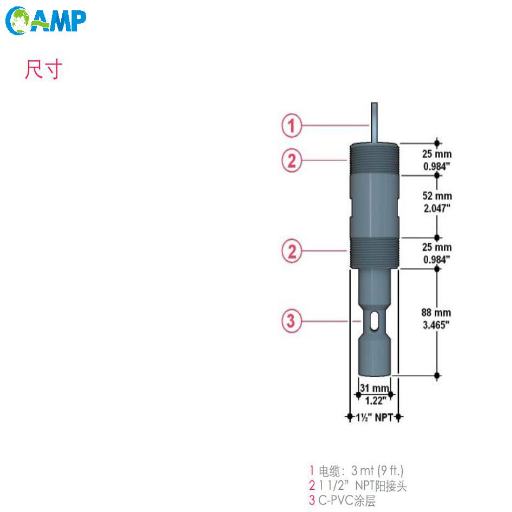
Conductivity in Water Treatment Systems
In water-treatment practice, conductivity is an important determination.
Reverse Osmosis (RO): RO is the removal of dissolved solids from water through a semipermeable membrane. Conductivity meters are installed upstream and downstream of the membrane to check its performance. A greater difference between the conductivities of the feed and permeate streams resides in the purity of the system. A decreasing value may require cleaning or replacement of the membrane.
Desalination: Conductivity is continuously monitored at desalination plants that convert seawater into drinking water to ensure the salt-removal process works and the water is drinkable.
Industries: The water used in industrial boilers should be highly pure. Impurities result in scale formation or corrosion, making the system inefficient and eventually leading to complete failure of the unit. An abnormal rise in conductivity levels in boiler feedwater will trigger a blowdown cycle, which flushes out water with high mineral content.
Agricultural Practices Affect Conductivity
Conductivity is one of the basic parameters in modern agriculture and especially in hydroponics and precision farming for crop production.
Hydroponics: In soil-less farming, plants are given nutrient solution. Conductivity of the nutrient solution, more correctly known as electrical conductivity, is an indicator of its strength. Farmers check it regularly to ensure that plants get the correct amount of nutrients, not too much which could be harmful, and not too little, which would not be enough for growth.
Soil Management: Soil conductivity measurements can provide valuable insights into soil properties, including salinity, moisture content, and texture. Farmers use these data to elaborate precise field zone maps so that water and fertilizers are applied with high precision. Aquite precise application assists with increased yields, reduced costs, and less environmental impact.
Emerging Technologies Utilizing Conductivity Measurement
Conductivity sensors are embedded in new technologies.
Wearable Health Monitors: Some newer devices are exploring skin conductivity (galvanic skin response) as an indicator of stress and emotional arousal.
Smart Appliances: Dishwashers and washing machines use conductivity sensors to measure water-soil levels to optimize their wash cycles, conserving water and energy.
Food and Beverage Industry: Conductivity is used in breweries and dairies as a monitoring parameter for cleaning-in-place (CIP) systems. Significant differences in conductivity indicate that the cleaning solution has been rinsed off completely, ensuring no chemical residues remain to contaminate the product.
Future Trends in Conductivity Research

Emerging Technologies in Conductivity Measurement
Scientists have been developing small, robust, and sensitive conductivity sensors.
Microfabricated Sensors: Using semiconductor processes, outside scientists are developing miniaturized sensors that could be embedded in a lab-on-a-chip device for rapid medical diagnostics or environmental analysis.
Non-Contact Sensors: Inductive conductivity sensors measure conductivity without contacting the solution. This is suitable for corrosive or highly contaminated liquids where conventional electrode-based sensors would simply degrade too quickly.
IoT-Enabled: IoT-enabled conductivity sensors enable real-time water-quality monitoring of rivers, lakes, and distribution networks at unprecedented scale.
Potential Innovations in Water Quality Monitoring
Water quality monitoring seems to be moving towards huge networks of smart sensors that provide continuous, high-resolution data. These networks could provide early warnings about pollution events, optimize the operations of water treatment plants, and provide deeper insights into the health of our aquatic ecosystems.
Conductivity and Climate Change: A Research Perspective
Measurements of conductivity and salinity serve as essential variables for climate change investigations. With rising global temperature, the glacial ice and ice sheets melt to pour a huge amount of freshwater into the oceans. That would change the salinity of the oceans and thus affect the ocean currents, a major factor in global climate patterns. Therefore, long-term monitoring on ocean conductivity is mandatory in order to disentangle such complex changes and well-define climate models.
Tags: What is conductivity used for?
